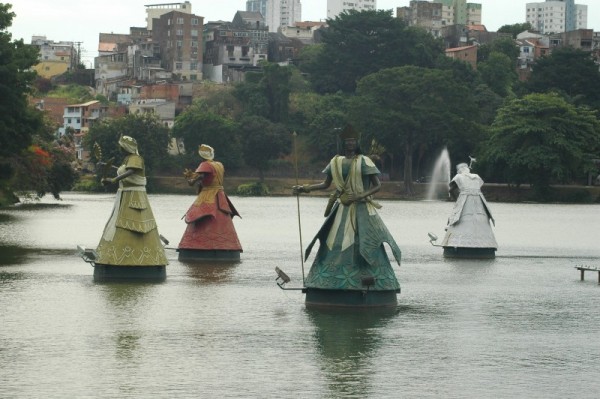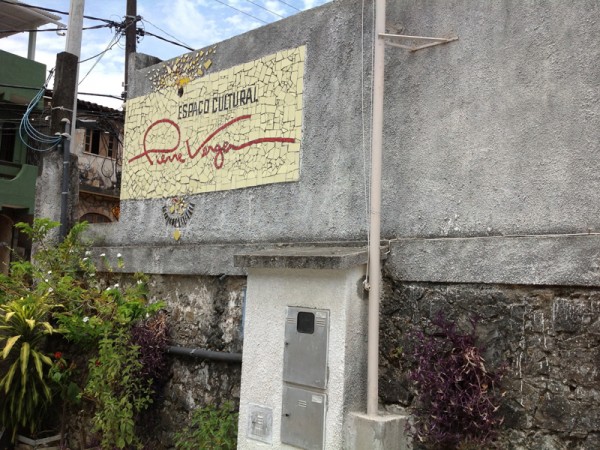Heather Shirey is an Associate Professor in the Department of Art History. Her research on Candomblé’s material culture has been published in African Arts and Nova Religio. Her current project focuses on Pierre Verger and Carybé, two non-Brazilian artists who settled in Salvador da Bahia in the mid-twentieth century. The public’s perception of Candomblé was in flux during this time period, and Shirey argues that Verger and Carybé were responsible for creating iconic representations of a religion that, up to that time, had been largely invisible in the public sphere.
Candomblé is an African-Brazilian religion that emerged in the context of slavery in Brazil’s northeastern region. Fearful that the religion would serve as a form of resistance and provide unification for the marginalized African-Brazilian population, the dominant culture sought to repress Candomblé. The religion and its practice was criminalized and actively denigrated when it was acknowledged in the public sphere. Even well after the abolition of slavery in 1888, Candomblé remained largely hidden behind closed doors, invisible to the dominant culture.
Attitudes toward Candomblé began to shift in the 1930s and 1940s, as Brazil sought to redefine its multi-racial history as a positive aspect of its national identity. This was made particularly evident in late 1940s, at which time popular magazines began to publish photographic images of initiates in trance and intimate portraits of Candomblé’s leadership. In the decades that followed, colorful paintings captured key ceremonial moments and conveyed the essence of Candomblé’s orixás (deities). These enduring representations of Candomblé were produced by Pierre Verger (1902-1996), a French documentary photographer, and Héctor Bernabó, better known as Carybé (1911-1997), an Argentine painter. Both men, foreigners with a passion for travel, settled in Salvador da Bahia, the stronghold of Candomblé in northeastern Brazil, in the mid-twentieth century. Over the next five decades, working in dialogue with one another, Carybé and Verger became deeply involved with Candomblé. They traveled widely both in West Africa and in Brazil, producing thousands of images that, I argue, form the canonical representation of the religion. These images tended to emphasize aspects of the religion that seemed exotic to the broader public.
In my current research project, I examine Verger’s photographs and Carybé’s paintings and sculptures in the broader context of efforts by their contemporaries to provide legitimacy to a religion that the dominant culture rejected as impure and dangerous. Anthropologists working in the 1930s-40s promoted Candomblé as a “pure” religion because of persistent connections to West African practices. Similarly, I argue that Verger and Carybé created a parallel, canonical visual representation of Candomblé. The two artists produced beautifully appealing images of Candomblé ceremonies, often drawing specific visual comparisons to Yoruba practices from West Africa, thereby codifying an image of Candomblé as a religion closely tied to West African traditions. In this way, Verger and Carybé opened the door to a world that was largely invisible to mainstream Brazilians, particularly beyond Brazil’s northeast.
Works by Verger and Carybé have had a lasting impact on the visual representation of Candomblé, as I seek to document through my research. Specifically, I argue that the two artists’ particular views of Candomblé continue to resonate in renditions of the religion in public art and popular culture, as well as self-representation within Candomblé communities. Today, representations of Candomblé are visible throughout the city of Salvador in the form of sculptures and paintings in the public sphere. I argue that recent works, such as Tatti Moreno’s Orixás (1998) located on the Dique do Tororó, are not just based on contemporary observations; these contemporary representations are also inspired by the works of Carybé and Verger.

